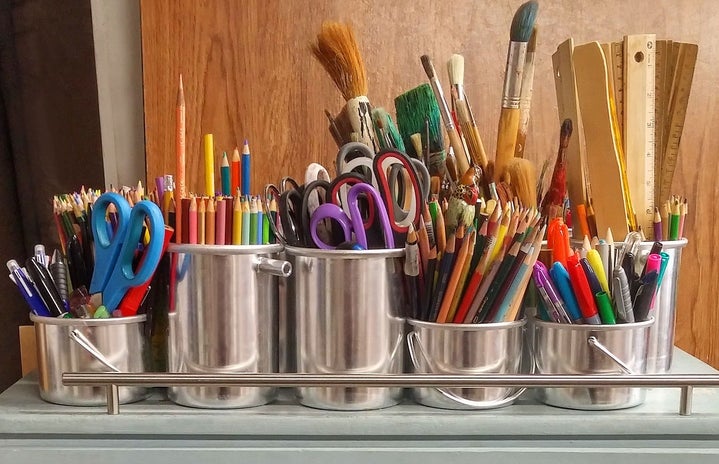With studies proving we have less than twelve years to reverse the effects of climate change, some artists have taken to their work to spread the message and incite change. Cecilia Vicuña, artists, poet and activist, has featured an exhibit of her work, About to Happen, in Miami’s art in hopes of doing just that.
How, you might wonder, can art stop climate change? It can’t, but it can raise awareness, catalyzing crucial societal changes. Vicuña’s work is a great example of this, as eventbrite puts it: her work “reframes dematerialization as more than a formal consequence of 1960s conceptualism…but as a formal consequence of radical climate change as well—and in both cases—as a process that shapes public memory and responsibility.” Through her exhibit, Vicuña uses displaced materials, peoples and landscapes to explore an overarching theme of climate change and its effects.
Courtesy of United States Artists
While some may claim that this is Vicuña’s first major U.S. solo exhibition, Vicuña recalls her 1992 solo show at the University of California Art Museum in Berkeley in an interview with The New York Times. In the same interview, Vicuña, now 71, also addresses the claims of her only recently focusing on the issue of climate change. She points out that her work has focused around environmental and other societal concerns for decades since she discovered that an “oil refinery had been built on an ancient Andean ritual site” at just 17 years old. Her show exhibits work that stretches over the 40 years she has created multidisciplinary art: including her signature pieces, which have been dubbed “palitos.” These “palitos,” which are part of the larger work “Lo Precario,” have been made by using found material, including driftwood, bones and garbage she’s collected from the coastline. Vicuña has created several variations of these pieces as Vicuña most often leaves these “palitos” in place so that they’re vulnerable to climate change. As a result, the The New York Times explains, the works forces viewers to focus on the basic details of the environment while also enforcing the notion that “once you are acutely aware of any object, you are responsible for its welfare.” Vicuña’s work also touches on her Chilean culture and political protests happening in Chile, proving that it spans to cover a multitude of issues.
Alongside her exhibit, Vicuña has published a book of poems and essays, where she discusses consciousness in art, stating, “Awareness of a stick leads to awareness of a tree, then to land and the people who occupy it, to the fragility of entire cultures” as mentioned in The New York Times. However, Vicuña is not the only artist to use their work to promote environmental consciousness. Other artists, such as Edith Meusnier, Chris Jordan and Andy Goldsworthy, have also taken part in the action.
If you were too busy memorizing your entire textbook in a last-minute finals study sesh, don’t stress because Vicuña’s exhibit is up in the Miami’s MOCA until Mar. 29, 2020.
Want to see more HCFSU? Be sure to like us on Facebook and follow us on Instagram, Twitter and Pinterest!



